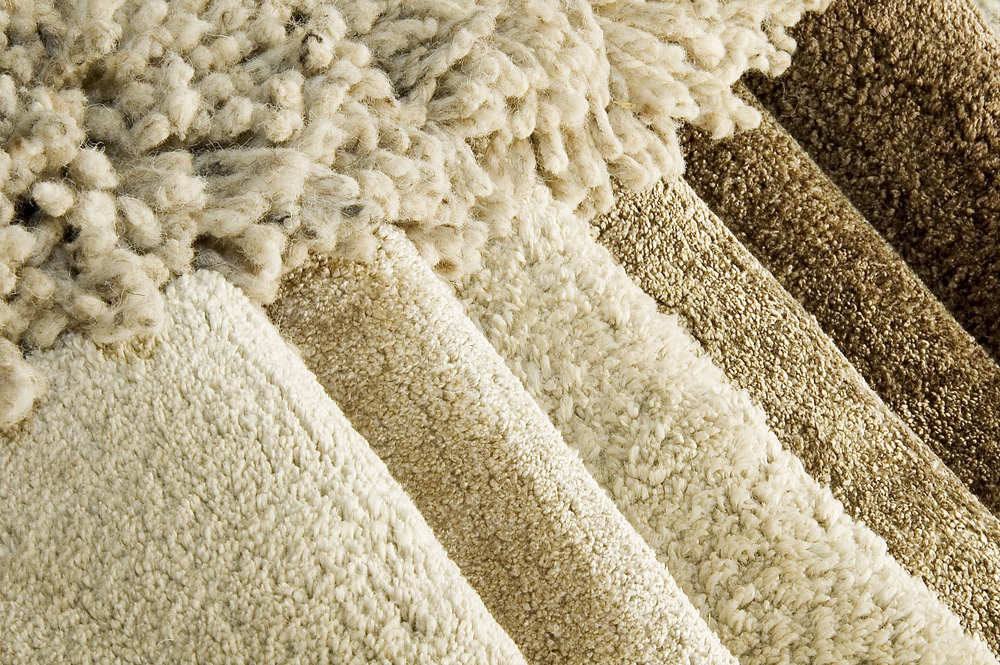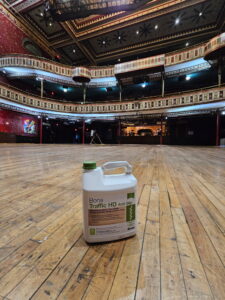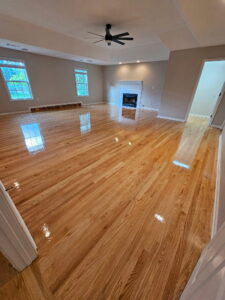The easiest way to learn about carpet installation is to remember the three P’s: Prepping, Padding, and Placing. While installing carpet may seem like a very math involved process because of the necessary measuring and correct cutting, it can go very smooth!
1. Prepping
We all know how important prep is whether it’s for the dinner you’re cooking, the vacation you’re taking, or the floor you’re installing. After removing your old flooring, prepping the subfloor is the first step in the carpet installation process. Popular subfloors that can be found under carpet include plywood or particle board, similar to hardwood.
Once the subfloor is prepped, the next step in the prepping process is installing carpet tack strips around the perimeter of the room. If we are replacing carpet and the existing tack strips are in good enough condition, they can be reused, saving you money on your final invoice! The purpose of the tack strips is to help secure the carpet fabric in place by giving it a clean and professional look
without visible staples.
2. Padding
Once the floor is prepped and the tack strip is laid, the next step is to install the carpet pad. The two popular types of carpet pads Mr. Hardwood likes to offer are a supreme carpet pad and a moisture barrier carpet pad. They both will provide an excellent feel under your feet and as well as help extend the life of your carpet. With the moisture barrier carpet pad, though, you get an added layer of protection as well as a memory foam feel!
3. Place
The final step in the installation process is to place the carpet in the room it will be installed in so it can be measured and cut properly. The standard width of a roll of carpet is twelve feet, so if a room is wider than that, your installer will try their best to hide seams where the two pieces meet, however sometimes a seam will be visible after the install is done. Often times, they will try to keep the seams in areas where they will be less noticeable such as in a doorway. Once the carpet has been measured, cut, and laid properly, it will be anchored along the wall by using a tool to latch the fibers onto the tack strips. If any stretching is required, this will be done during the install process to ensure the carpet is tucked into the tack strip properly to prevent any issues in the future. Finally, transitions will be installed where carpet meets a different kind of flooring, like hardwood or luxury vinyl plank, for a clean transition into that room.
Call Mr. Hardwood today to schedule a consultation and receive a free estimate!




